A five carat fancy pink diamond of 'extraordinary beauty' and a tiara belonging to the Churchill family at Bonhams
Lot 139. A fine square-cut Fancy Pink diamond, VS1 clarity, weighing 5.03 carats. Estimate £ 600,000 - 800,000 (€ 670,000 - 890,000). Sold for £ 2,228,750 (€ 2,504,973). © Bonhams 2001-2018
LONDON. - An exceedingly rare and exceptionally beautiful fine Fancy Pink diamond weighing 5.03 carats will headline Bonhams London Fine Jewellery sale this September (26th September).
The square-cut Fancy Pink diamond, VS1 clarity, is estimated at £600,000-800,000.
Emily Barber, Director of Jewellery at Bonhams UK, said: "This pink diamond, offered at auction for the first time, possesses an exceptional combination of characteristics. It is extremely unusual to find a pure pink diamond, of even saturation, with no secondary component colours, weighing over 5.00 carats. This diamond's significant size and elegant, unmodified square cut, coupled with its high clarity grade distinguishes it further. It is of extraordinary beauty."
Lot 139. A fine square-cut Fancy Pink diamond, VS1 clarity, weighing 5.03 carats. Estimate £ 600,000 - 800,000 (€ 670,000 - 890,000).Sold for £ 2,228,750 (€ 2,504,973). © Bonhams 2001-2018
This pink diamond, offered at auction for the first time, weighs 5.03 carats and possesses an exceptional combination of characteristics. The Gemological Institute of America has graded it as Fancy Pink colour and VS1 clarity. It is extremely unusual to find a pure pink diamond, of even saturation, with no secondary modifying component colours, weighing over 5.00 carats. The beauty of the diamond's colour and its high clarity grade is further offset by its elegant square cut, with a minimum of facets. It is of extraordinary beauty and a gift of nature.
Pink diamonds are exceedingly rare in nature. It is estimated that only one in 10,000 gem quality diamonds produced in the world show noticeable colour and of these a similarly small percentage are pink, the majority under 2.00 carats in size. How they occur is romantically enigmatic; unlike most other coloured diamonds, their colour is caused not by trace elements in their chemical composition but by a lucky miracle of nature, a distortion within their atomic lattice caused by the pressure exerted on them during their formation.
Throughout millennia of diamond mining, pink diamonds have been unearthed only occasionally, historically in India and later in Brazil, Indonesia and South Africa. The best specimens have been kept as treasures in the collections of royalty, rulers and museums, sought after and celebrated for their elusive beauty. Traditionally considered a gemmological curiosity, the last 50 years have seen a great shift in perception.
In the late 1970s pink diamond-bearing lamproite rock was discovered at the Argyle mine in East Kimberley, Western Australia producing a limited but steady number of small fine quality pink and red diamonds each year. The mine quickly became recognised as the only consistent source in the world. This small but regular supply, alongside informative marketing campaigns, piqued industry and public interest in pink diamonds and the rarity of coloured diamonds. The last few decades have seen the value of fine coloured diamonds increase exponentially. With the Argyle mine forecast to cease operations by 2020, the future of pink diamond mining is uncertain as there are no other known mines with such a consistent production; pink diamonds may become increasingly rare.
Staying with coloured diamonds, Bonhams will also be offering A Fancy-Coloured Diamond Three-Stone ring, circa 1910, for sale. The central old brilliant-cut Fancy Blue diamond, weighing 0.95 carat, is set between Fancy Yellow-Orange marquise-cut diamonds, weighing 0.51 and 0.56 carats, and is estimated at £80,000-120,000.
Lot 138. A fancy-coloured diamond three-stone ring, circa 1910. The central old brilliant-cut Fancy Blue diamond, weighing 0.95 carat, between a marquise-cut Fancy Deep Yellowish Orange diamond, weighing 0.51 carat and a Fancy Deep Yellow-Orange diamond, weighing 0.56 carat. Estimate £ 80,000 - 120,000 -€ 89,000 - 130,000). Sold for £ 168,750 (€ 189,664). © Bonhams 2001-2018
A selection of bracelets, necklaces, brooches and rings from some of the biggest names in jewellery including Cartier, Van Cleef & Arpels, Bulgari and Chopard will also go under the hammer in the sale. Highlights include:
Lot 128. A diamond 'Volutes' bracelet by Van Cleef & Arpels, circa 1954. Estimate £ 110,000 - 150,000 (€ 120,000 - 170,000). Unsold. © Bonhams 2001-2018
Note: See Raulet, Sylvie, "Van Cleef & Arpels", Paris, 1986, page 220 for a similar "Volutes" bracelet.
Lot 134. An Art Deco Diamond Rivière by Cartier, circa 1930. Estimate £ 200,000 - 300,000 (€ 220,000 - 330,000). Sold for £ 320,750 (€ 360,502). © Bonhams 2001-2018
The series of 51 step-cut diamonds, graduating in size from the centre, arranged in trios, alternating with single baguette-cut diamonds, the five central diamonds weighing 2.28, 2.20, 2.10, 1.99, 1.92 carats, diamonds approximately 60.00 carats total, signed Cartier London, length 40.5cm.
Accompanied by a report from GIA stating that the diamond weighing 2.28 carats is E colour, VS1 clarity, Type Ia. Report number 2195291872, dated 19 April 2018.
Accompanied by a report from GIA stating that the diamond weighing 2.20 carats is F colour, VS1 clarity, Type Ia. Report number 2195291868, dated 19 April 2018.
Accompanied by a report from GIA stating that the diamond weighing 2.10 carats is E colour, VS2 clarity, Type Ia. Report number 2195291894, dated 18 April 2018.
Accompanied by a report from GIA stating that the diamond weighing 1.99 carats is G colour, VS1 clarity, Type Ia. Report number 2191291890, dated 19 April 2018.
Accompanied by a report from GIA stating that the diamond weighing 1.92 carats is D colour, VS1 clarity, Type Ia. Report number 2195291883, dated 18 April 2018.
Jewels formerly in the collections of Sir Alfred Chester Beatty and Lady Powerscourt
Two lots which represent the Art Deco vogue for jewels in "exotic" taste, that Cartier, and other great jewellery houses of the period captured so successfully, will be offered in the sale. Dated circa 1920, the jewels hailed from the collections of one of the most significant art collectors of the 20th century, Sir Alfred Chester Beatty, and his esteemed friend, the poet and writer Lady Powerscourt.
The first lot, An Art Deco Nephrite, Onyx and Diamond Pendant by Cartier is estimated at £20,000-30,000. The rectangular nephrite plaque is carved with numerous motifs that signify blessings and abundant joy. Its reverse is engraved with Chinese characters literally meaning 'blessings come from blessings'. It is suspended from an articulated circular plaque decorated with undulating lines of single-cut diamonds and calibré-cut onyx, mounted in platinum.
Lot 47. An Art Deco Nephrite, Onyx and Diamond Pendant by Cartier. Estimate £ 20,000 - 30,000 (€ 22,000 - 33,000). Sold for £ 81,250 (€ 91,319). © Bonhams 2001-2018
The rectangular 'mutton fat' nephrite plaque carved with auspicious motifs, including a double fish, a 'ruyi' and a knot, the reverse engraved with Chinese characters literally meaning 'blessings come from blessings', suspended from an articulated circular plaque decorated with undulating lines of single-cut diamonds and calibré-cut onyx, mounted in platinum, signed Cartier Paris, workshop mark for Renault, French assay marks, length 7.3cm
Provenance: Sir Alfred Chester Beatty
Sheila Wingfield, Lady Powerscourt
Descent to the current owner.
The Chinese jade plaque, probably 19th century, is decorated with numerous motifs that signify blessings and abundant joy. The double fish, symbolising water, heralds money and the 'ruyi' symbolises power and good fortune. The ruyi is topped by a lingzhi mushroom that brings healing, luck, prosperity and the granting of wishes. The knot points to all being completed. The Chinese characters meaning "blessings come from blessings" act as a reminder to sow seeds of goodness for the future and for future generations. It also bears an artist signature for Lu Zigang, a celebrated and widely imitated jade carver of the late Ming period, whose name was often applied to jade carvings of later date.
Cartier borrowed liberally from other cultures for their designs; as early as 1913, the firm showcased fifty new jewelled creations at their New York premises, which they described as "from the Hindoo, Persian, Arab, Russian and Chinese". Many of the jewels incorporated genuine oriental elements, included carved white jade, mounted in Cartier settings. Jade would go on to be a fashionable material for use in Art Deco jewellery throughout the 1920s.
Photograph of Chester Beatty, c. 1911. CBL Archives: Ac 2000.2. © The Trustees of the Chester Beatty Library, Dublin.
Sir Alfred Chester Beatty (1875-1968) was a wealthy mining engineer, philanthropist and one of the most significant art collectors of the 20th century.
He was born in 1875 into a middle-class New York family and after graduating as a mining engineer from Columbia University in 1898, he headed west to Denver, Colorado, where he found work as a 'mucker', clearing away rock and soil from mine tunnels. Promotions followed and by 1908 he had become one of America's leading mining engineers, consulting on 90% of the world's mines, and living with his first wife, Ninette, and their two children in New York's fashionable East Side.
After Ninette's premature death in 1911, Beatty decided to move to London with his two children and in 1912, he purchased Baroda House in Kensington Palace Gardens. The following year, he married his second wife, Edith Dunn, also from New York, who was hailed as "one of the ten most beautiful women in America" and who was a patron of Parisian fashion and decorative art.
Portrait of Edith Beatty (1886–1952). By Philip de László (1869–1937). Dated 19 October 1916, England. CBL Wx 85. © The Trustees of the Chester Beatty Library, Dublin.
The couple travelled extensively building an impressive and diverse collection of books, manuscripts, paintings, furniture, snuff bottles, netsuke, amulets and objets d'art, including masterpieces from Asia, the Middle East, Europe and Africa. Beatty employed a full-time librarian and several academic advisors to appraise items he wished to purchase for his collection and he became an important benefactor of the British Museum.
During World War Two, as informal advisor and friend to Winston Churchill, Beatty made key contributions to the Allied war effort, for which he later received a knighthood. However, Beatty became increasingly frustrated with Post-War Britain's politics and in 1950, retired to Ireland, from where both his paternal grandparents had been born at the end of the 18th Century. He took with him his extensive collection of works of art, much to the consternation of various British institutions. He was increasingly preoccupied with safeguarding his collection, in its entirety, for the future and in 1953, set up a purpose-built library in Dublin, initially for research, but then open to the public. Upon his death in 1968 his priceless collection was bequeathed to a trust for the benefit of the people of Ireland. Having become Ireland's first honorary citizen, Beatty was granted a State funeral and was buried at Glasnevin Cemetery in Dublin.
Photograph of Lady Powerscourt, circa 1930. © Private Collection
Sheila Wingfield, Lady Powerscourt (1906-1992), was a poet and a writer. Wealthy and beautiful, she was largely self-taught and fought various obstacles during her lifetime to gain recognition for her work, despite admiration from contemporary writers such as W.B Yeats, Sir John Betjeman and T.S Eliot. Her best-known work, considered her masterpiece, is her 2000-line poem, Beat Drum, Beat Heart (1946), written about World War II, in which her husband served and was captured by the Germans in North Africa.
Lady Powerscourt met Sir Alfred Chester Beatty by chance in 1952, the same year Beatty's second wife, Edith Dunn, died. The two quickly struck up a friendship based on mutual esteem. Beatty held the highest respect for Lady Powerscourt's knowledge, judgement and understanding of his collection, which she would ultimately help him catalogue.
The two lots offered here, were gifts to Lady Powerscourt from Sir Alfred Chester Beatty from his personal collection. Since they were gifted in the 1950s and the jewels themselves date from the 1920s, it is possible they were acquired during his travels with his second wife Edith.
Not only do these two lots represent the Art Deco vogue for jewels in "exotic" taste, that Cartier, and other great jewellery houses of the period, so excelled in creating but these jewels also offer a glimpse into the history of the renowned Chester Beatty Collection and the characters involved with it.
The second lot, An Art Deco Hardstone Seal, Gem-Set and Enamel Jewel, is French in origin, dated circa 1925, and was originally a shoulder ornament and then converted to a bracelet. Composed of five chalcedony seals of various colours, each engraved with a Qur'anic script and framed by black enamel, these are connected by black enamel and rose-cut diamond links with emerald and ruby bead highlights. It has a pre-sale estimate of £40,000-60,000.
Lot 48. An Art Deco hardstone seal, gem-set and enamel jewel, French, circa 1925. Estimate £ 40,000 - 60,000 (€ 45,000 - 67,000). Sold for £ 43,750 (€ 49,172). © Bonhams 2001-2018
Provenance: Sir Alfred Chester Beatty
Sheila Wingfield, Lady Powerscourt
Descent to the current owner.
The script in the central seal is from Qu'ran chapter II (Al-Baqarah), verse 255 in the borders, with the names of God in the centre, with the Shahada at the sides. The two carnelian seals bear identical inscriptions: the Shahadah in the centre and Qu'ran Chapter II (Al-Baqarah), verse 255, in the borders. The two outer seals bear the names God, Muhammad, Ali, Fatimah, Hasan and Husayn, the borders with Qu'ran, Chapter CXII (al-Ikhlas) and the middle band with Qu'ran, chapter CXIV (al-Nas).
During the early 20th century various exhibitions of Islamic art in Paris stimulated contemporary taste for exoticism in fashionable society. Parisian society hostesses held a series of Persian costume balls in 1912-13 and Cartier began offering jewels in "arabe" taste from c.1913 until the 1930s. Although unsigned, in terms of design and quality of manufacture, this jewel is comparable to a Cartier creation from this period; the carved seals or amulets dating from the 19th century or early 20th century, have been offset by Persian-inspired decorative mounts.
Emily Barber said: "These pieces offer a glimpse into the history of Chester Beatty and his priceless art collection. As a wealthy mining engineer and philanthropist, he built an impressive and diverse collection of works of art and masterpieces from Asia, the Middle East, Europe and Africa and employed a full-time librarian and several academic advisors to appraise items he wished to purchase.
"It is thought that the two jewels offered here were gifts to Lady Powerscourt from Sir Chester Beatty from his personal collection. Since they would have been gifted in the 1950s and the jewels themselves date from the 1920s, it is possible they were acquired during his travels with his second wife Edith."
Churchill family tiara set to sparkle at sale
Long synonymous with royal splendour and a tacit sign of status and wealth, in recent years there has been a renewed appreciation for tiaras and Bonhams is delighted to offer two magnificent examples in its sale.
The first, A Belle Époque Diamond 'Meander' Tiara, was designed by Spanish royal jeweller Ansorena and owned by Spanish noblewoman Esperanza Chávarri Aldecoa, Countess of Villagonzalo, wife of Fernando Maldonado Salabert, 8th Count of Villagonzalo. Dated circa 1900, it is estimated at £80,000-120,000 and has previously been exhibited at the National Museum of Decorative Arts, Madrid in 1995. The "garland style" tiara is designed as a double diadem that can be detached to form two separate tiaras, one of which designed to be further converted to form a choker.
Lot 131. A Belle Époque diamond 'Meander' tiara, by Ansorena, circa 1900. Estimate £ 80,000 - 120,000 (€ 89,000 - 130,000). Sold for £ 162,500 (€ 182,639). © Bonhams 2001-2018
131 (the upper band as a single tiara)
131 (the lower band as a tiara)
131 (the lower band as a choker).
Provenance: Esperanza Chávarri Aldecoa, Condesa de Villagonzalo (1893-1982)
Thence by descent.
Exhibited: National Museum of Decorative Arts, Madrid, 1995.
Literature: Luna, Juan J, Martín Ansorena, Fernando A & Arbeteta, Letizia, 'Ansorena 150 Anos', Madrid, 1995, No 4 in the catalogue.
The Belle Époque, literally "beautiful era", was a golden age of relative peace and prosperity in the West, stretching from the late 19th century until the outbreak of the First World War in 1914. During this time, the upper echelons of society enjoyed a glamorous social life on an opulent and lavish scale. It was not only fashionable for women to festoon themselves like queens, but protocol to wear certain jewels and decorations when attending formal festivities. Thus the tiara, the most majestic of accessories, was a symbol of rank, worn by European royalty and nobility at all court and state occasions and later, an essential item in an aristocratic society lady's wardrobe, worn to private dinners, balls and the opera. The tiara was also a symbol of betrothal and a bride would receive a tiara – sometimes more than one - as a wedding gift to wear during the ceremony and later when she took her place in society as a married woman.
This "garland style" tiara, by Spanish royal jeweller, Ansorena, is designed as a double diadem that may be detached to form two separate tiaras, one of which is designed to be further converted to form a choker. It is of impeccable workmanship and the elegant Louis XVI design of diamond wreaths and flowers has a lightness and lace-like quality made possible by the technical freedom and innovation of working in platinum; a metal that is as light as it is strong. Jewellers only began to understand how truly to exploit platinum from around 1900, so it is particularly interesting that this tiara is noted in Ansorena's archives as being conceived as early as 1890.
The tiara was owned by Spanish noblewoman Esperanza Chávarri Aldecoa, Countess of Villagonzalo, wife of Fernando Maldonado Salabert, 8th Count of Villagonzalo. The photograph, circa 1920, shows the Countess in her gala costume at the Royal Palace in Madrid wearing the tiara modishly low over her brow in the manner of an Art Deco bandeau, with a diamond tassel (subsequently lost) at its centre. It was not unusual for valuable tiaras to be adapted as fashions changed. The Countess was a lady-in-waiting of Victoria Eugenie of Battenberg, Queen Consort of King Alfonso XIII of Spain. Queen Victoria Eugenie also owned splendid jewels by Ansorena; her famous diamond fleur-de-lys tiara is today one of the central pieces in the Spanish Crown Jewels.
Esperanza Chávarri Aldecoa, Condesa de Villagonzalo, in gala costume, Madrid, circa 1920. © Family Archive.
Emily Barber comments: "This tiara is of impeccable workmanship and the elegant Louis XVI design of diamond wreaths and flowers has a lightness and lace-like quality made possible by the technical freedom and innovation of working in platinum, a metal that is as light as it is strong. Jewellers only began to understand how truly to exploit platinum from around 1900, so it is particularly interesting that this tiara is noted in Ansorena's archives as being conceived as early as 1890."
The second tiara to feature in the sale is An Art Deco diamond tiara/necklace/brooch combination by Hennell, estimated at £40,000-60,000. Dated circa 1930, it belonged to Viscountess Churchill (1895-1972), the second wife of the 1st Viscount Churchill, and was worn by Viscountess Churchill at the 1937 coronation.
Lot 54. An Art Deco diamond tiara-necklace-brooch combination with green paste and diamond clip brooches, by Hennell, circa 1930. Estimate £ 40,000 - 60,000(€ 45,000 - 67,000). Sold for £ 81,250 (€ 91,319). © Bonhams 2001-2018
Provenance: Viscountess Churchill (1895-1972)
Descent to the current owner.
Viscountess Churchill in coronation robes wearing the tiara in 1937. © Family Archive.
Born Christine McRae Sinclair, Viscountess Churchill married Victor Albert Spencer, 1st Viscount Churchill in 1927, as his second wife. The Viscount was a distinguished courtier whose career spanned the late Victorian and Edwardian eras and was a second cousin of Sir Winston Churchill.
During the first part of the 20th century, aristocratic society enjoyed a glamorous social life on a luxurious and lavish scale. It was not only fashionable for women to festoon themselves like queens, but protocol to wear certain jewels and decorations when attending formal festivities. The tiara, the most majestic of accessories and the ultimate symbol of rank, was worn by royalty and nobility at all glittering court and state occasions in Britain and the vice-regal courts of India and Ireland. It also became fashionable for society ladies to wear tiaras to private dinners, balls and to the opera.
At the coronation of King Edward VII in 1902, tiaras, along with coronets, were permitted to be worn for the first time, in a move that traditional courtier, Sir Almeric Fitzroy, condemned as "the revolt of the Peeresses against wearing no diamonds.. the dignified uniformity of immemorial practice has been sacrificed to a heedless passion for indiscriminate ornament." The Peeresses similarly revolted at wearing no diamonds at the State Opening of Parliament the same year, further establishing the tiara as an obligatory accessory for aristocratic public life.
The coronation of George VI and Elizabeth Bowes-Lyon as King and Queen of the United Kingdom and the Dominions of the British Commonwealth and as Emperor and Empress of India at Westminster Abbey on 12 May 1937, was a designed as a triumphant display of British pageantry and Imperialism and was one of the most costly public spectacles ever staged. Guests from across the Empire and around the world were invited, including Indian princes, African royalty and representatives and contingents from Britain's Dominions and colonies. The procession from Westminster Abbey to Buckingham Palace was six miles long. Vogue pronounced "from the moment we watched those Duchesses, proud as galleons in full sail moving majestically with their tiaras and trains up one of those double staircases, we knew the social clock had been put back thirty years." The diarist Sir Henry "Chips" Cannon described the "blazing light" of the Peeresses' diamonds and how the north transept of Westminster Abbey was a "vitrine of jewels and bobbing tiaras."
This tiara, made by Hennell, British jeweller par excellence, in the geometric Art Deco style, is also a "tranformable jewel" and may be worn in a variety of ways: tiara, necklace, pair of bracelets and various clips and brooches. The accompanying green paste and diamond brooches also double up as an interchangeable centrepiece for either the tiara or the necklace; presumably the green pastes replace valuable gems that were previously sold. The tiara was worn by Viscountess Churchill at the 1937 coronation and the photograph shows her wearing it in her peeress's robes designed by Norman Hartnell and holding her coronet. It is not only a fine example of the jeweller's art but a great survivor from an age of aristocratic glamour.
Hennell was regarded as the British jeweller by the 20th century. Their clients, the crème de la crème of society, included members of the British aristocracy and landed gentry, Indian maharajas, American billionaires and European royalty. During the Art Deco period Hennell was known for offering its discerning clientele jewels of superlative quality, rivalling the offerings of the best French houses.
Emily Barber comments: "It is extremely rare to have not one but two tiaras with such interesting provenances. They are not only fine examples of the respective jeweller's art but great survivors from an age of aristocratic glamour."
Rare Raymond Templier bracelet set to attract interest from collectors
Raymond Templier was one of the great jewellers of the Art Deco period but very few jewels by him appear at auction so Bonhams is expecting this next lot to attract a lot of interest during its previews in New York, Geneva and London next month. Estimated at £50,000-70,000, the Art Deco Diamond and Platinum Bracelet by Raymond Templier, made in 1932, is characteristic of Templier's ultra-modern geometric style.
Lot 132. An Art Deco diamond and platinum bracelet, by Raymond Templier, 1932. Estimate £ 50,000 - 70,000 (€ 56,000 - 78,000). Sold for £ 62,500 (€ 70,246). © Bonhams 2001-2018
Illustrated: L. Mouillefarine and V. Ristelhueber, 'Raymond Templier: Le bijou moderne', Editions Norma, Paris, 2005, page 149. A copy of this book accompanies the lot.
Raymond Templier (1891-1968) was one of the great jewellers of the Art Deco period whose creative vision pushed boundaries and drove change in jewellery design. Often referred to as the "architect of the jewel", Templier embodied the modernist principals of the Art Deco aesthetic by creating jewels along sleek, geometric lines. He was one of the first jewellers to be inspired directly by city life and spoke of seeing ideas for jewellery everywhere: "as I walk the streets..the wheels, the cars." He was also deeply involved in the contemporary art scene; in 1930, he founded the Union des Artistes Modernes along with other designers, architects and jewellers Jean Fouquet and Gerard Sandoz, all wishing to break from established tradition. In 1932, the critic Paul Sentenac likened him to celebrated avant garde artists of the age including poet Paul Valéry, designer and architect Le Corbusier and founder of Cubism, Picasso.
Templier's minimalist jewels, meticulously created with "mathematical rhythm", were odes to modern technology featuring everything from architectural elements to components of machinery. He viewed jewellery with the eyes of a sculptor or architect; he believed jewels should be three-dimensional, tangible objects and not just flat, decorated surfaces. His designs show restrained simplicity, celebrating form and texture over superfluous detail, often playing with opposites such as curved and straight lines, hollow and voluminous forms and matt and brilliant surfaces. The designs perfectly complemented the new fashions of the day whereby the post-war woman, liberated from the corset, wore clothes along straight, androgynous lines. Dresses were often sleeveless and bracelets and cuffs were a popular way to 'dress' the arms; often multiple bracelets were worn at once.
Emily Barber says: "Its stylised 'tank-track' form alludes to modern machinery. Its clean, understated silhouette is realised in platinum, a material that had only recently earned its status as a precious metal in 1912 and enabled sculptural jewels to have an unexpected lightness and sense of movement. The brilliant-cut diamonds add contrast to an otherwise smooth, polished surface. Although conceived nearly a century ago, it is emblematic of its era while still appearing contemporary today.
"As a true artist-jeweller, Templier had great creative vision, pushed boundaries and drove change in jewellery design. Each jewel he created, with great thought and precision, was a unique piece and when one appears at auction today, it invariably elicits a great deal of excitement. His innovative spirit is very much celebrated today as it was in the early part of the 20th century."

/https%3A%2F%2Fprofilepics.canalblog.com%2Fprofilepics%2F1%2F0%2F100183.jpg)
/https%3A%2F%2Fstorage.canalblog.com%2F03%2F02%2F119589%2F96711876_o.jpg)
/https%3A%2F%2Fstorage.canalblog.com%2F11%2F31%2F119589%2F94773502_o.jpg)
/https%3A%2F%2Fstorage.canalblog.com%2F20%2F83%2F119589%2F94772815_o.jpg)
/https%3A%2F%2Fstorage.canalblog.com%2F26%2F72%2F119589%2F75604929_o.jpg)
/https%3A%2F%2Fstorage.canalblog.com%2F59%2F60%2F119589%2F26458628_o.jpg)
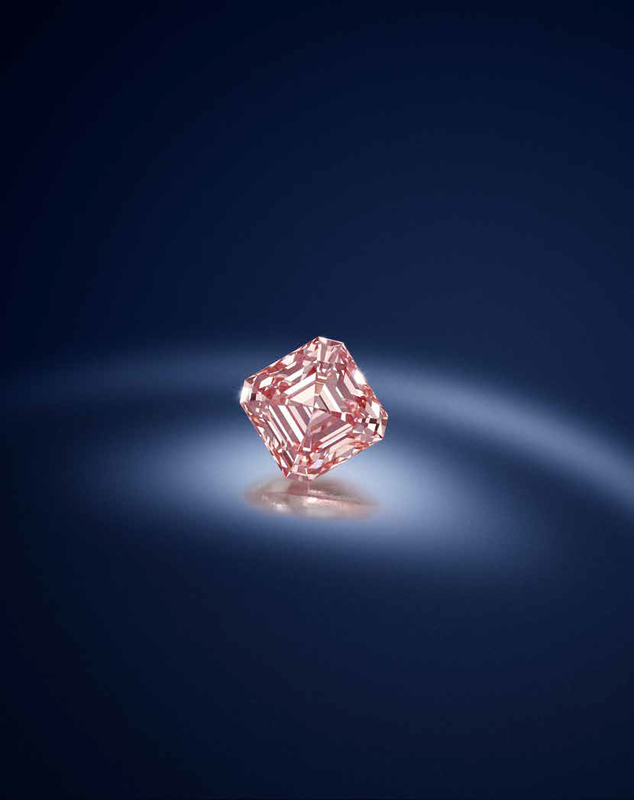

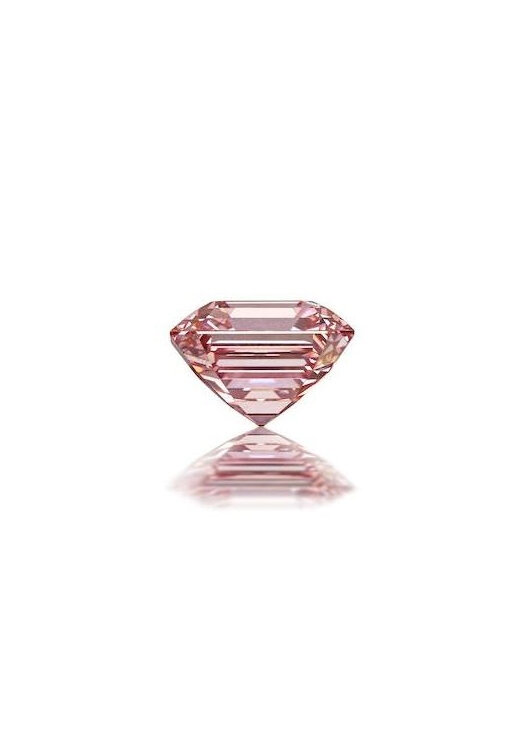
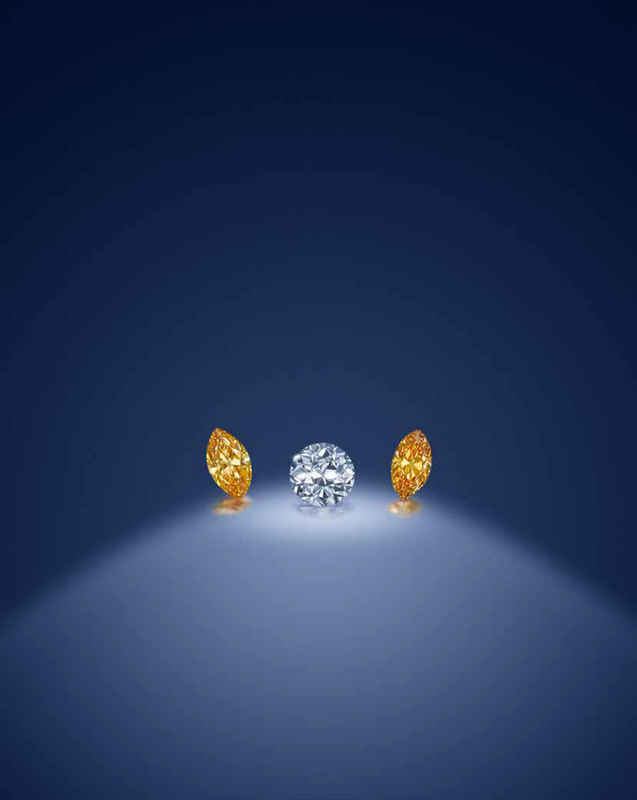
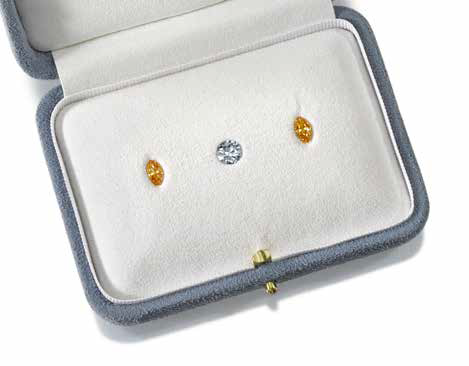

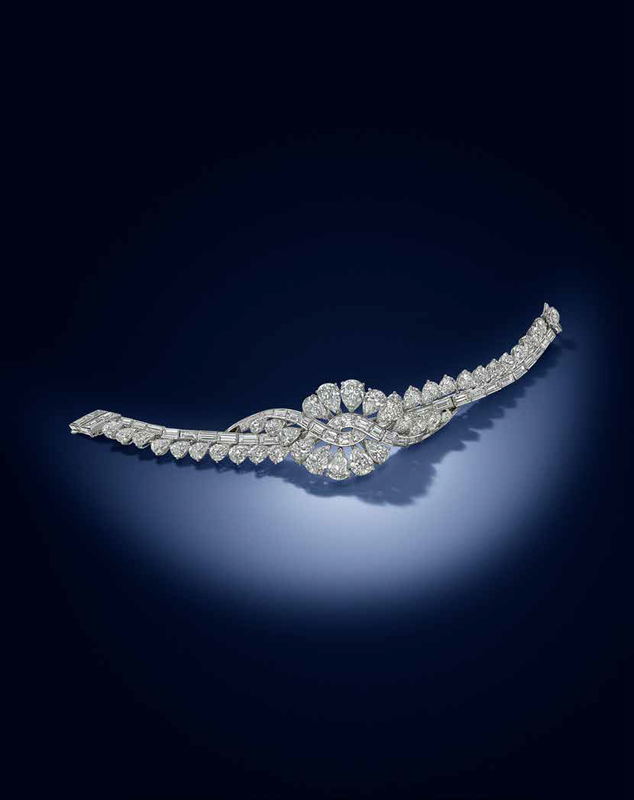
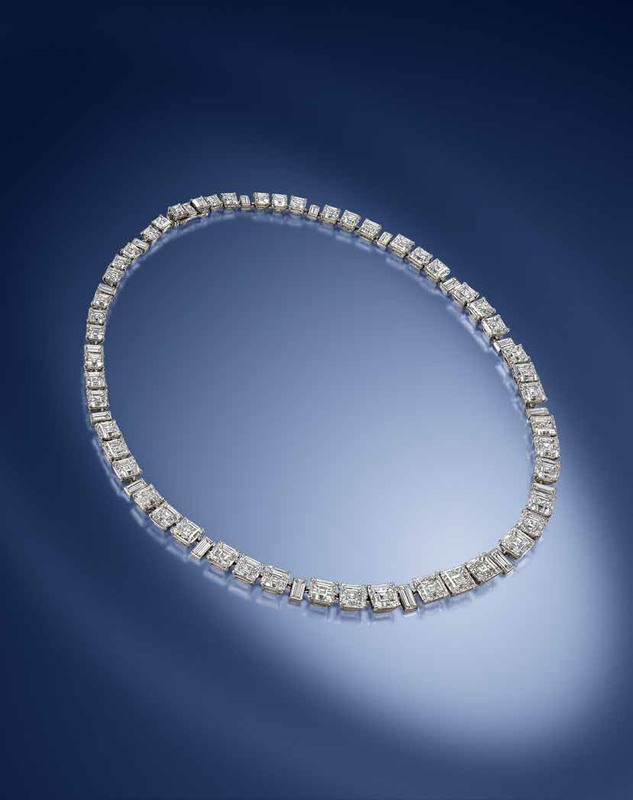


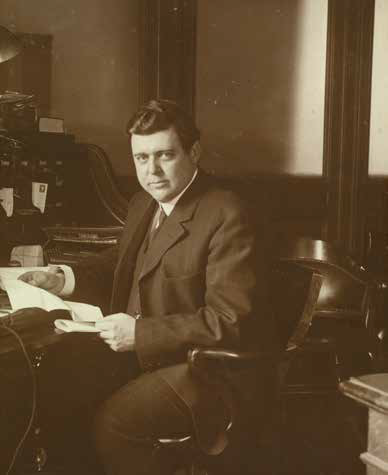
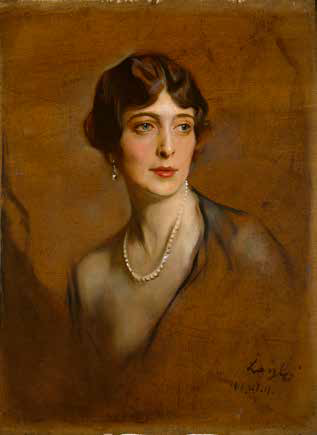
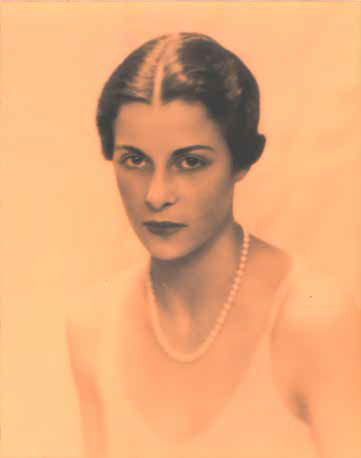
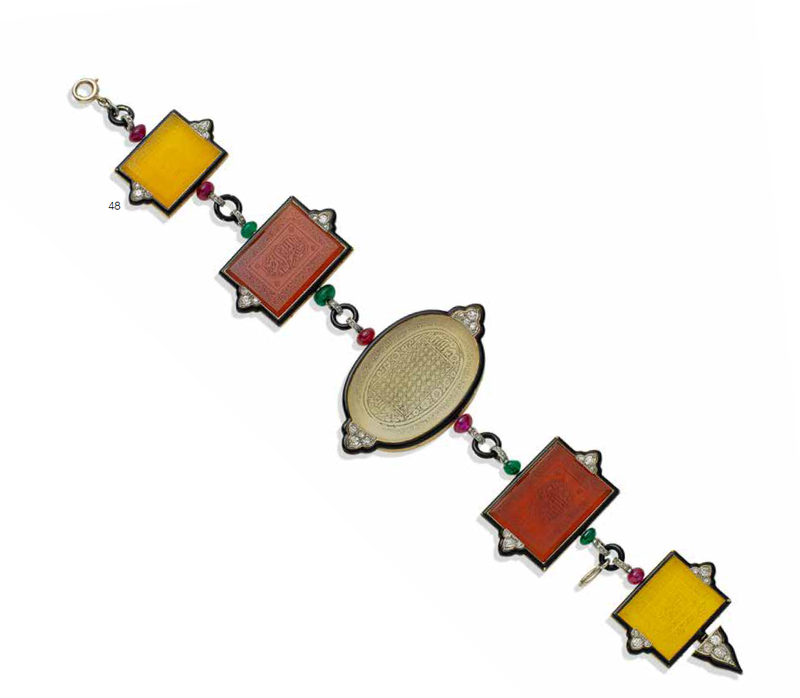
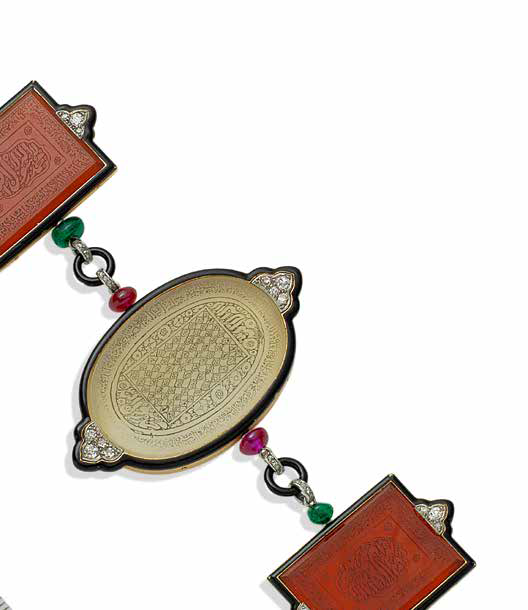



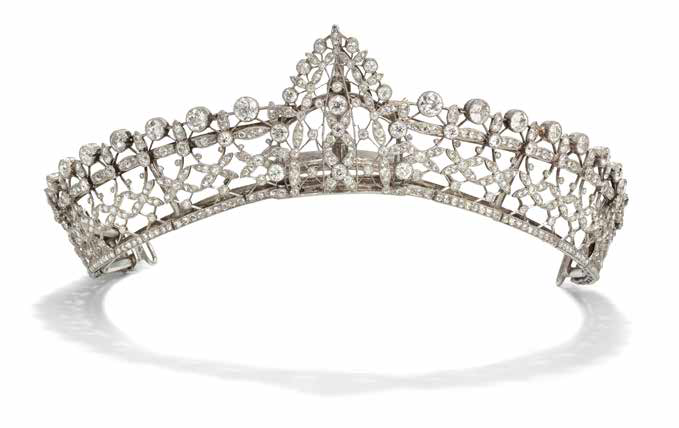
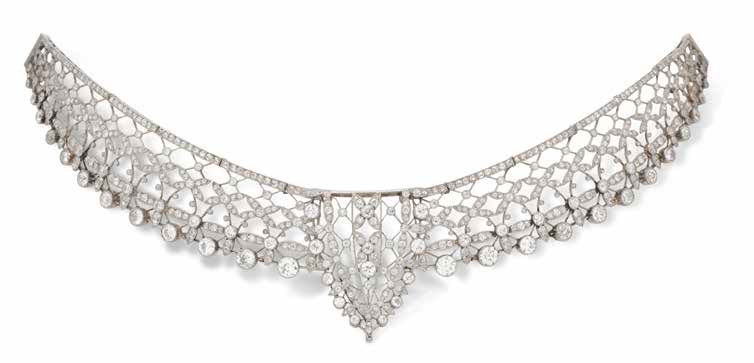
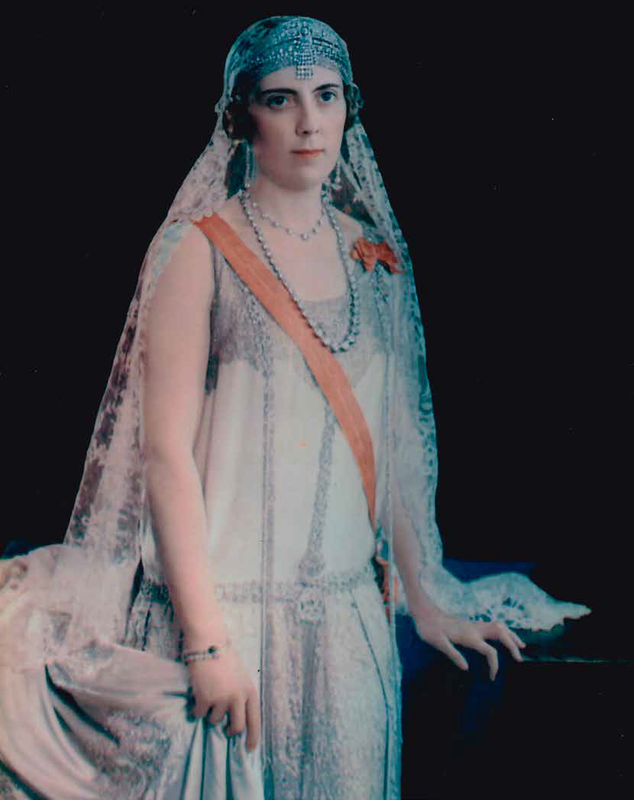
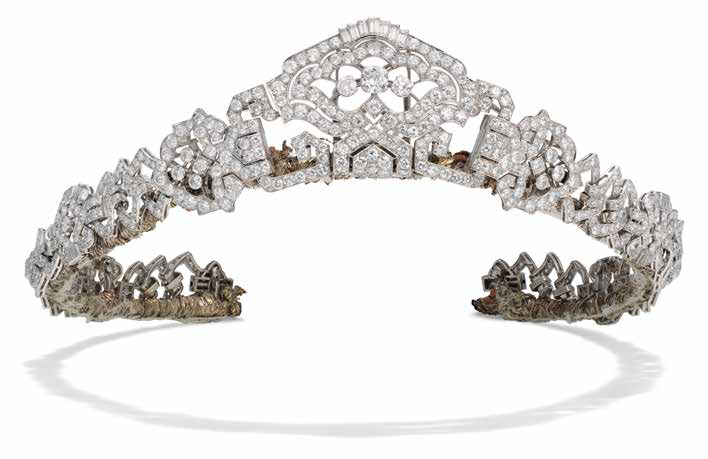
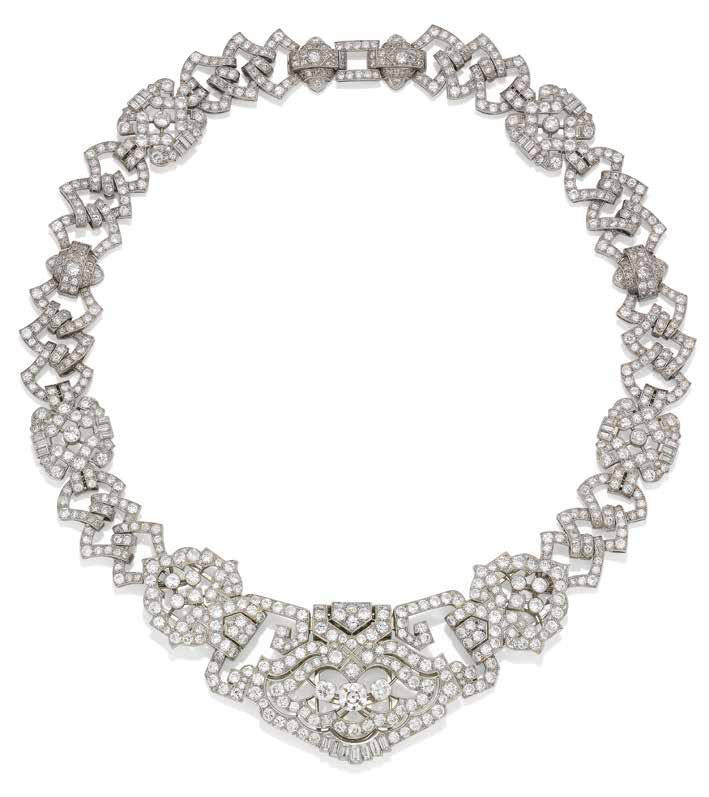
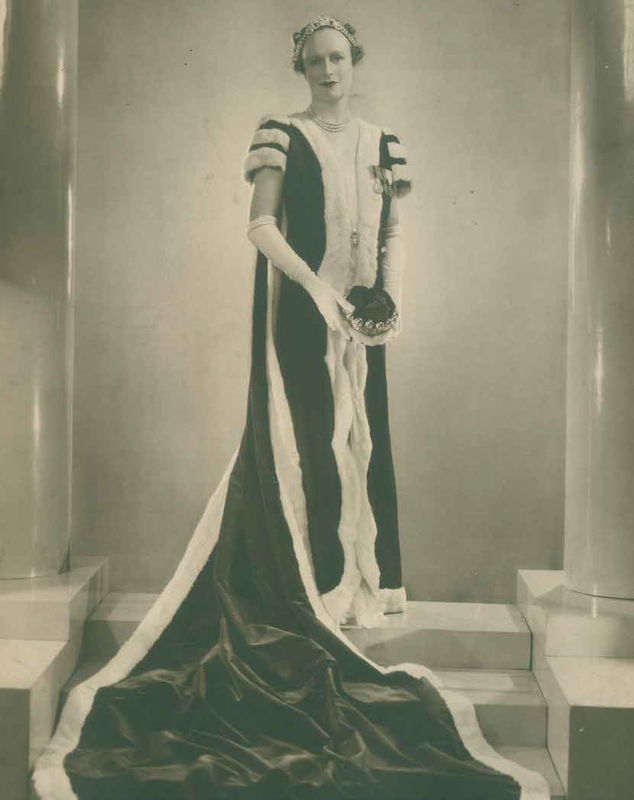



/http%3A%2F%2Fstorage.canalblog.com%2F09%2F74%2F119589%2F109869904_o.jpg)
/http%3A%2F%2Fstorage.canalblog.com%2F66%2F96%2F119589%2F92351487_o.jpg)
/http%3A%2F%2Fstorage.canalblog.com%2F00%2F40%2F577050%2F38938930_p.jpg)
/http%3A%2F%2Fstorage.canalblog.com%2F78%2F40%2F119589%2F93302038_o.jpg)